Proxmox vs ESXi in 2024 Pros and Cons
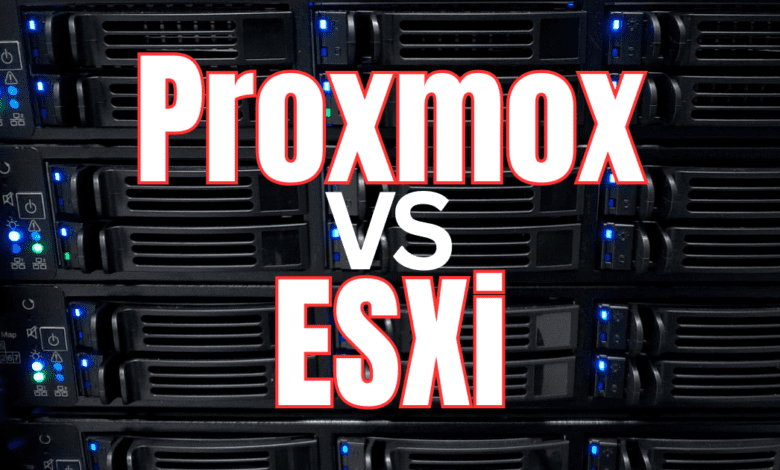
The last time I compared Proxmox vs ESXi, things were a bit more “stable” in the virtualization space. While the Broadcom buyout of VMware has been looming, no one could have anticipated the changes coming for VMware customers and those running VMware in their home labs. In this Proxmox vs ESXi comparison, we will look at the two virtualization technologies in light of everything that has happened and see the pros and cons of each.
Table of contents
Proxmox Virtual Environment
Proxmox has stormed onto the scene of virtualization solutions with a great open-source hypervisor solution built on top of Debian Linux that many are finding to be a great solution for no only home labs but also production environments.

Proxmox Server is a KVM-based hypervisor that can provision KVM virtual machines and LXC Linux containers. With the recent release of Proxmox VE Server 8.x, they have added many great new features and capabilities. Proxmox supports new software-defined networking and newly off the press, a new virtual machine import wizard that allows importing VMware ESXi virtual machines into your Proxmox environment.
- Software-Defined Networking
- Better Security with Secure Boot Compatibility
- Flexible Notification System support
- Kernel and Software Updates
- Improved Support for Ceph Versions
- Simplified Virtual Machine Management
The great thing about Proxmox is that it is completely free, and unlike some other open-source platforms, such as XCP-ng, you don’t have to have a support subscription to run updates on the platform.
VMware ESXi
VMware ESXi server has been the staple virtualization platform for decades now. VMware has been leading the pack of hypervisors, due to its wide range of industry-leading features, stability, trust of vSphere admins, community support, and many other reasons.
VMware has just been that “go to” solution that most organizations who want to run on-premises workloads look to use. With the VMware vSphere 8.x release, VMware brings the latest features to the platform, including vSAN Max, delivering iops performance gains, and the following:
- vSphere’s Evolving Vision: Making Operations Seamless
- Unveiling the Cloud-Connected vSphere Plus
- vSphere 8 Update 2: A Deep Dive into Enhanced Features
- The Importance of Backups in vSphere
- Non-Disruptive Certificate Management and Network Configuration Recovery
- Enhancements with vSphere Identity Federation
- Strengthened Authentication with Broader Integration
- Improved default Security
- Better vSphere Lifecycle Manager (vLCM)
- Streamlined Configuration Profiles
- Simplified Windows VM Deployment
- Better and more intuitive Error Messages
- Improved Workload Performance
- Better GPU Workload Support
- Improved DRS with vGPU Defragmentation
- Quality of Service for GPU Workloads
- Virtual Machine Hardware Version 21
- Better devops tooling with Tanzu
- Expanded NSX Advanced Load Balancer Support
- Flexibility for DevOps Deployments
- Self-service VM image registry
Free version of VMware ESXi is dead
In the last review between Proxmox vs ESXi, the discussion around a “free version” has changed significantly. Proxmox has always been free and easy to download (no email address required). VMware ESXi has always had a free version until the recent announcement via a VMware blog post that the free version was going away.
You can read the official blog post here that is dated 2/14/2024:
- End Of General Availability of the Free vSphere Hypervisor (ESXi 7.x and 8.x) (2107518) (vmware.com)
This is certainly an area where Proxmox wins for easily getting your hands on the hypervisor. Are there still viable options for getting VMware ESXi for home labs?
Yes, there is the VMUG Advantage subscription which is currently around $200 per year. The vExpert program also rewards those who evangelize and contribute to the VMware community to receive free licenses to test and try out VMware technologies.
However, now that there is no ESXi free edition, I think younger ones wanting to get into IT, will lean towards free and open source hypervisors like Proxmox.
Installation
The installation of Proxmox vs ESXi is very similar. Both have easy to install ISO images you can mount using Rufus, Ventoy, or upload to a datastore if you are running a hypervisor as a nested installation. While the ESXi ISO is smaller, it has grown quite a bit since vSphere 7.
One thing to note between the installations of VMware ESXi and Proxmox is that VMware is much more particular about the type of network adapter present. As I have detailed on many of my mini PC reviews, VMware will not detect the network adapter if the network is running a Realtek network adapter.
Installing Proxmox however works just fine with Realtek adapters, Intel adapters, etc. For the most part anything that is recognized in Linux is recognized in Proxmox which is much less of a pain than VMware ESXi. You can work around this in VMware ESXi by using a USB network adapter, but there is quirkiness with USB network adapters that you run into.
Interface
Both Proxxox and VMware ESXi have web GUI interfaces. The Proxmox GUI is reachable via port 8006 pointed to the IP address or FQDN of your Proxmox VE Server. There is no special port with VMware ESXi. You just browse to the IP address or FQDN of your VMware ESXi host and you can administer the host via the host client.
However, it sounds like big changes are coming to VMware ESXi when it comes to the web interface. In a new post by VMware here: they are noting via a VMware Fling, they are moving to an electron app that will take the place of the web client. Many have noted concerns this will make it easier for Broadcom to force certain changes, licensing, etc on users. Time will tell to see if the new Electron app will be well received. I would imagine we will see this coming in the next major release of VMware outside of the VMware Fling.
There is also the arguably more popular and prevalent vSphere web Client that you can access when you spin up the vCenter Server in your environment.
Networking
Networking is an area that I think VMware still wins. The networking is just more intuitive in VMware compared to Proxmox. Proxmox makes use of the Linux bridge in Debian for implementing VLANs and other configurations. This I have found is a little less user friendly compared to the port group/vSwitch concepts in VMware.
However, one thing I really like about Proxmox I am seeing is the software-defined networking solution. With VMware, this is implemented via VMware NSX Data Center, which is another license on top of vSphere in general.
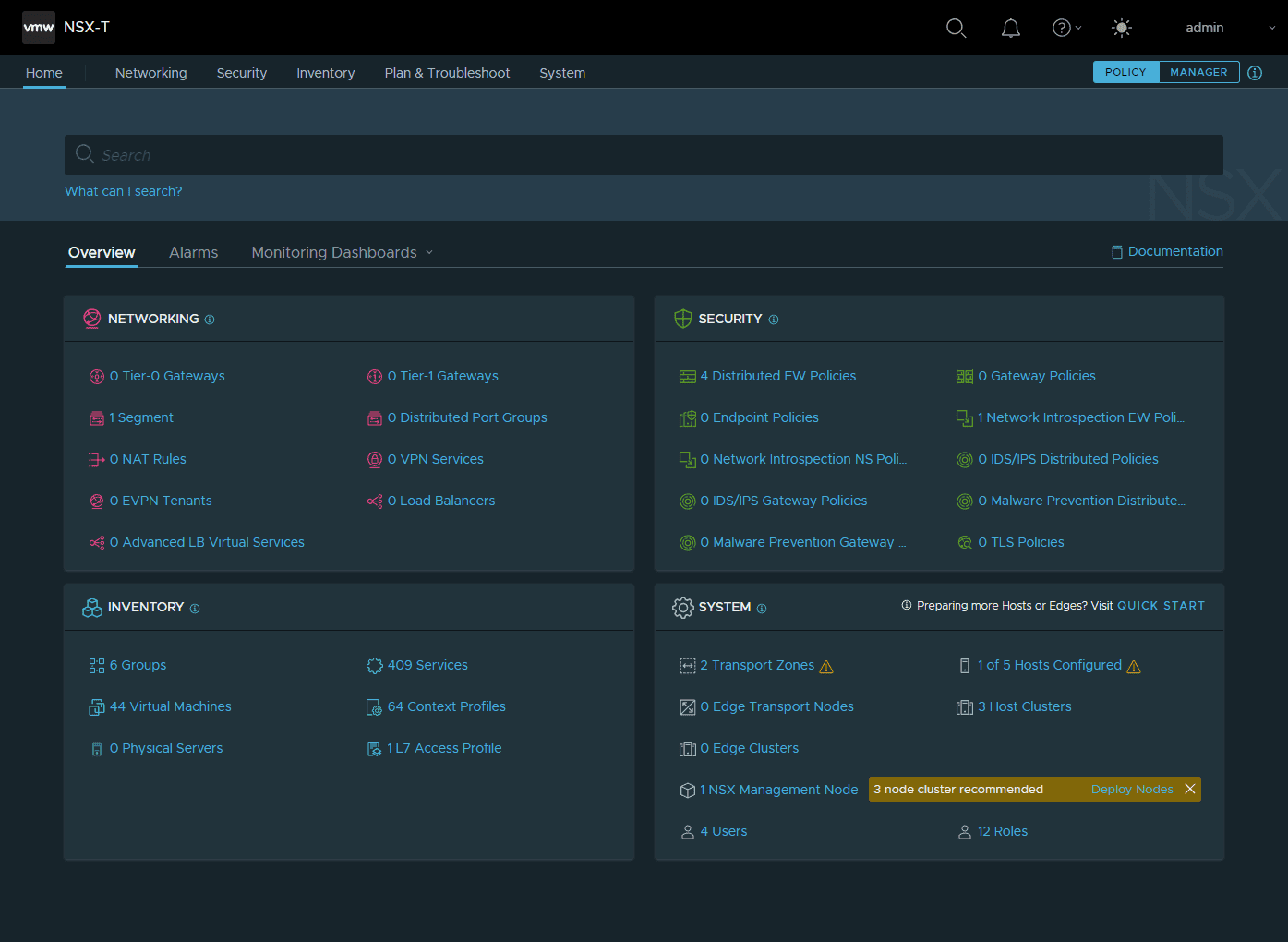
With Proxmox this is just built-in as part of the 8.1 release. You don’t have to install another appliance for additional complexity. It is just part of the hypervisor.
You can start spinning up simple software-defined networking in the solution with little effor and have traffic routed, and even NAT’ed as your Proxmox IP address. Proxmox SDN is not as fully featured as VMware NSX Data Center as VMware NSX has a powerful firewall solution built into the SDN capabilities and many other security integrations. Proxmox SDN is more basic, but it will be interesting to see how the capabilities of Promxox SDN evolves.
Storage
Storage in VMware is very mature, from using traditional storage technologies, like NFS or iSCSI, to using software-defined storage in VMware vSAN. VMware is hard to beat in this department. However, Proxmox also has the ability to use traditional storage solutions like NFS and iSCSI appliances.
With Proxmox you can also do software-defined storage using Ceph. Ceph is built into the solution. You can use Ceph storage will just a few steps to spin up logical storage between Proxmox VE servers in a cluster for use with shared storage. CephFS allows you to place file shares on top of Ceph for Windows and Linux clients to use for file storage.
I think VMware storage is more intutive and VMware has made storage, even vSAN SDS to be brain dead simple. They have really concentrated on the interface and make very complicated underlying storage very easy for the administrator. However, vSAN is getting ridiculously expensive and with the new Broadcom license, it is now sold based on the per CPU count.
The more I use Ceph, the more I like it. It doesn’t have some of the bells and whistles of vSAN, but still for those comparing costs and looking for an effective software-defined storage solution, it is a great choice.
Take a look at my video on setting up Proxmox Ceph in Proxmox 8.1:
One of the picky things that I wish we would see become easier with Proxmox is thin provisioning. With Proxmox this is a dukes mixture of having to use the right type of storage and making sure your disk format is what it needs to be to perform thin provisioning. I think this is an area of the interface that could be improved. With VMware this is just a click to choose between thick or thin.
Clustering
Creating a Proxmox cluster is super easy as it it built into the solution. You just create the cluster under the Datacenter Clustering configuration. Then on your other Proxmox nodes, you add these to the cluster with the thumbprint key that you are given when you create the cluster for centralized management of all nodes.
With VMware ESXi, creating a vSphere cluster of ESXi servers requires vCenter Server. Once you spin up vCenter Server (which is another license) you can create your Datacenter and vSphere cluster configuration to add multiple ESXi hosts into the same logical cluster.
Below is a look at a vSphere cluster in the vSphere client connected to vCenter Server.
Migration utilities
There are many well-known tools out there that allow you to convert from other hypervisors to VMware. You can also use VMware Converter to convert from various platforms to VMware. You can directly upload your VMware Workstation VMs to your VMware vSphere environment. So we know we have a lot of tools that allow doing this. However, I will say most if not all of these are found in additional products or backup solutions.
Proxmox recently integrated the Import Wizard for VMware ESXi that allows attaching VMware ESXi storage directly in Proxmox and then importing VMware VMs over to Proxmox. This makes the process to move from VMware ESXi to Proxmox much easier than previously.
Check out a video of how this works step-by-step:
Backups
Backups is an interesting discussion when it comes to virtualized environments. VMware vSphere has a rich ecosystem of backup solutions, vendors, technologies, both on-premises and in the cloud. Since Proxmox is just now gaining traction as a real solution in the minds of many looking for VMware alternatives, very few if any commercial backup vendors support Proxmox.
Recently, I covered the newest release of NAKIVO Backup & Replication, which has added support for Proxmox backups via their agent backup process for physical machines. Many enterprise environments may not be comfortable without support from their commercial backup vendor of choice because they will have no support on that front.
I think many of the backup vendors are considering supporting Proxmox, but this may not happen until some time in the future. When considering Proxmox vs ESXi, data protection and backups are definitely areas that most organizations will want to consider.
Free Proxmox backups
However, this is a double-edged sword since part of the cost of running VMware vSphere is that you have to pay for an enterprise backup solution. Proxmox has a free backup solution called Proxmox Backup Server (PBS). This solution is a mature product that provides enterprise-grade backups for your Proxmox environment.
Comparison table
Note the following Proxmox features and VMware ESXi features across multiple categories.
| Feature | Proxmox VE 8.1 | VMware ESXi 8.0 Update 2 |
|---|---|---|
| Platform Type | Open-source | Proprietary |
| Licensing Cost | Free for basic version; paid subscription available for enterprise support and features | Free for basic version (ESXi); paid licenses required for advanced features and full vCenter capabilities |
| Core Functionality | KVM/QEMU for VMs; LXC for containers | Only VMs supported using vSphere |
| Installation & Setup | All-in-one solution; simpler node clustering | Generally complex, especially for clustering and full functionalities requiring vCenter |
| User Interface | Web-based GUI integrated with all management functions | Web-based GUI, extensive with vSphere, but dependent on vCenter for full functionality |
| Storage Options | Local, NFS, iSCSI, Ceph, ZFS included natively | VMFS, NFS, iSCSI, vSAN, others through vSphere |
| Networking Capabilities | Advanced networking with bridges, bonding, VLANs, and Open vSwitch | Advanced networking, typically requires vNetwork Distributed Switch for similar capabilities |
| High Availability and Clustering | Native high availability, simple GUI-based cluster management; Ceph for distributed storage | High availability, fault tolerance, DRS, and automated cluster management with vCenter |
| Backup and Restore | Built-in backup tools, snapshots, and Ceph integration for offsite replication | VMware Data Protection for backups; snapshots and replication with third-party integration |
| Updates and Patches | Rolling release model for updates | Structured release cycle for major and minor updates |
| Community and Support | Community-driven support with optional commercial support | Extensive professional support from VMware; active community |
| Migration Tools | New Migration Wizard for VMware ESXi VMs; manual and automated migration options available | Advanced migration tools in vSphere like vMotion for live migrations and HCX for hybrid environments |
| Special Features | Proxmox VE firewall, two-factor authentication, REST API | VM encryption, secure boot, extensive API support with vSphere |
| SDN Solutions | Proxmox SDN offers flexible network configurations including VXLAN, VLAN, and GRE tunnels | VMware NSX provides a full SDN solution with advanced features like micro-segmentation, load balancing, etc. |
| Configuration Maximums | Max VMs per node: up to 500, depending on hardware; Max RAM per VM: up to 6 TB; Max CPUs per VM: up to 288 | Max VMs per host: over 1000; Max RAM per VM: up to 24 TB; Max CPUs per VM: up to 768 |
| Clustering | Easy clustering with Proxmox VE Cluster stack; native support for Corosync and Ceph | Advanced cluster management with vSphere HA, vSphere DRS, and vSAN capabilities |
| Backups | Integrated Proxmox Backup Server for VM and container backups, including incremental backups | VMware vSphere Data Protection for backups, VADP support for third-party solutions, including incremental backups |
Wrapping up
Both Proxmox vs ESXi are great hypervisor hosts and create some of the most powerful virtualization environments you can run your infrastructure on today. VMWare ESXi and vSphere are still the Cadillac virtualization technologies that will give you the most features, capabilities, and cutting-edge technologies for running your virtualization environment. However, cost does matter. Since the cost of VMware by Broadcom has increased anywhere from 5x-10x in cost for many organizations, most are looking at alternatives. Proxmox continues to mature and is a great platform for running KVM virtual machines. Hopefully, this Proxmox vs ESXi in 2024 comparison will help to shed light on differences between the two and considerations you may need to make.



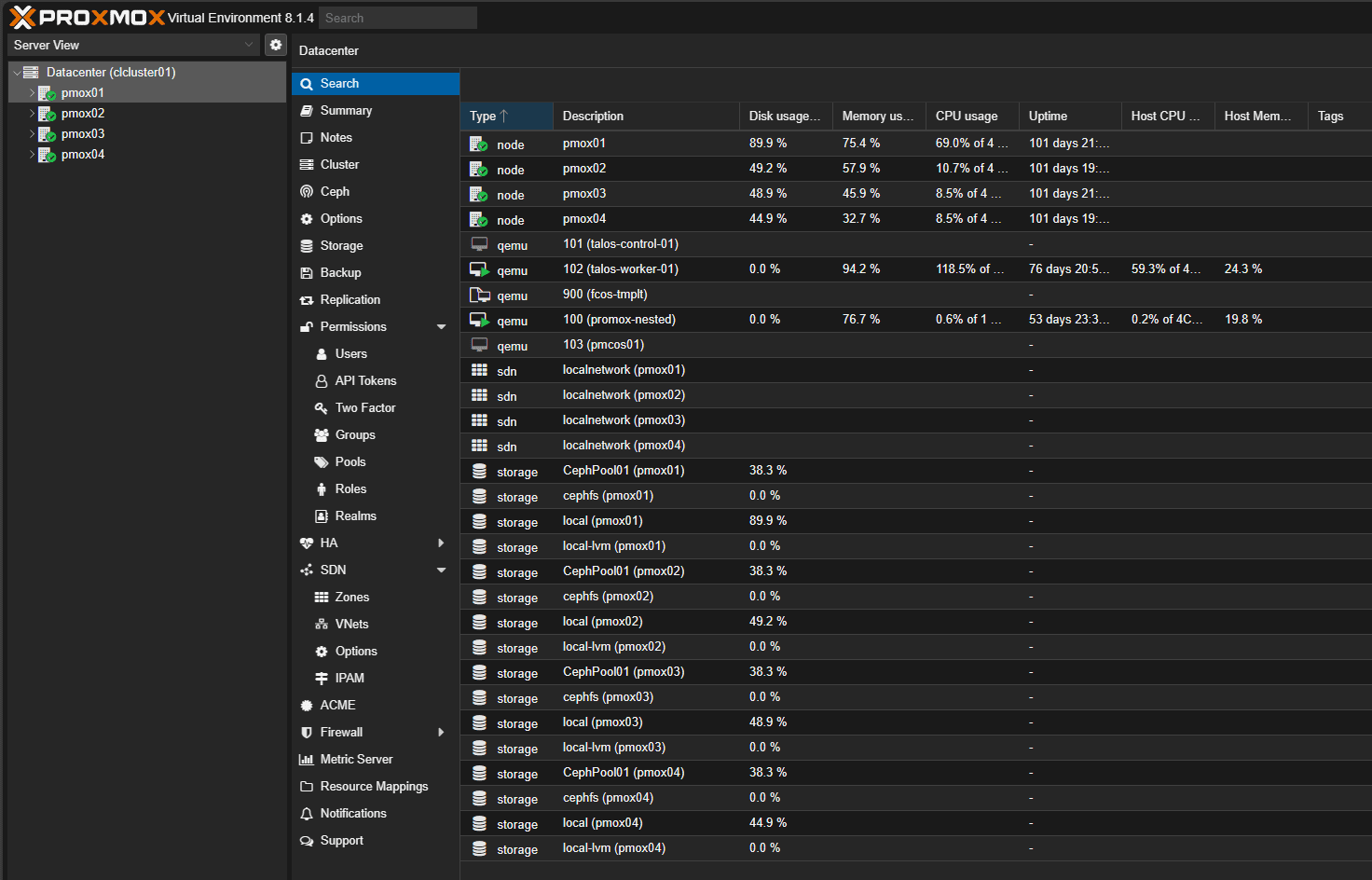
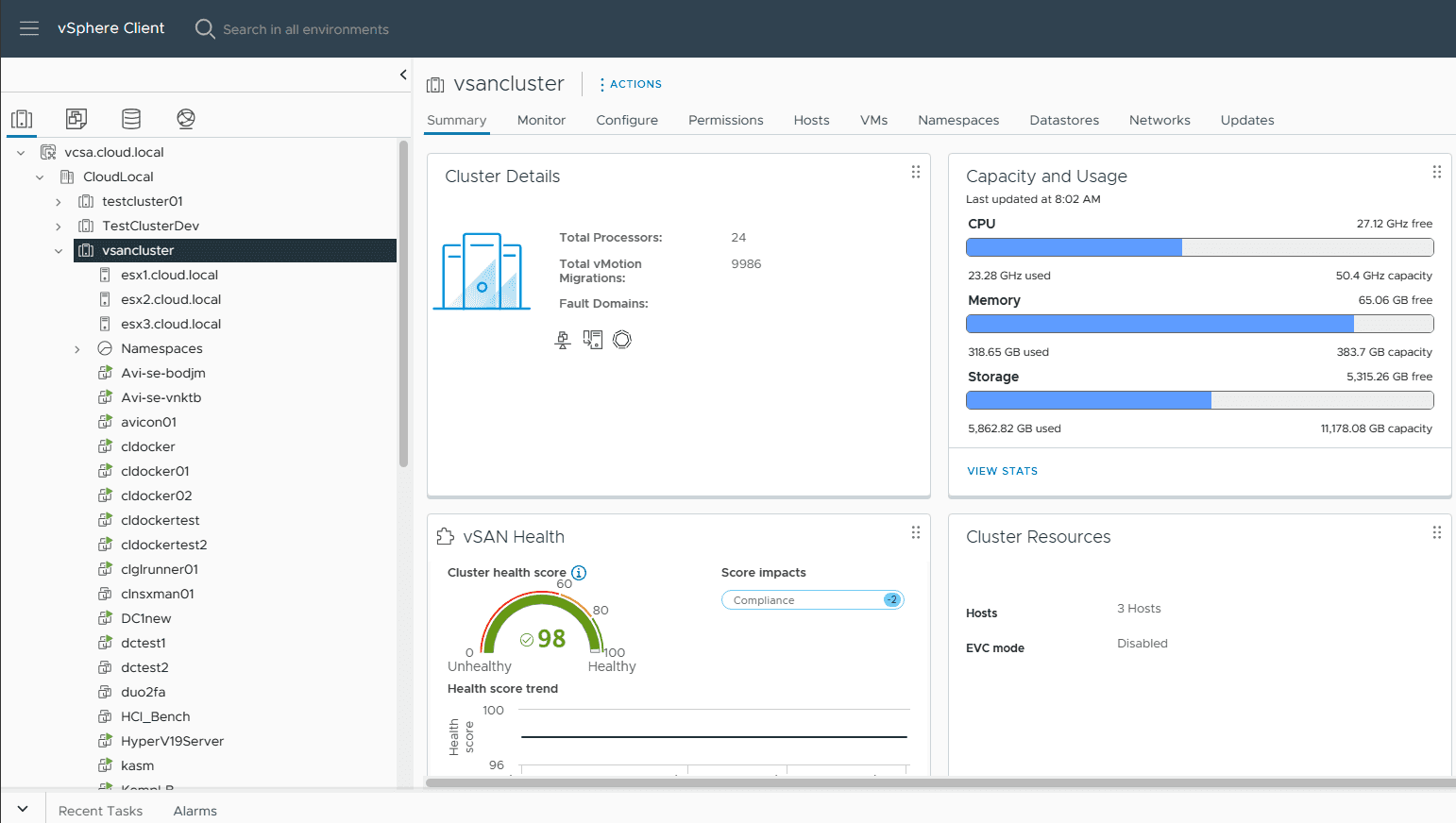
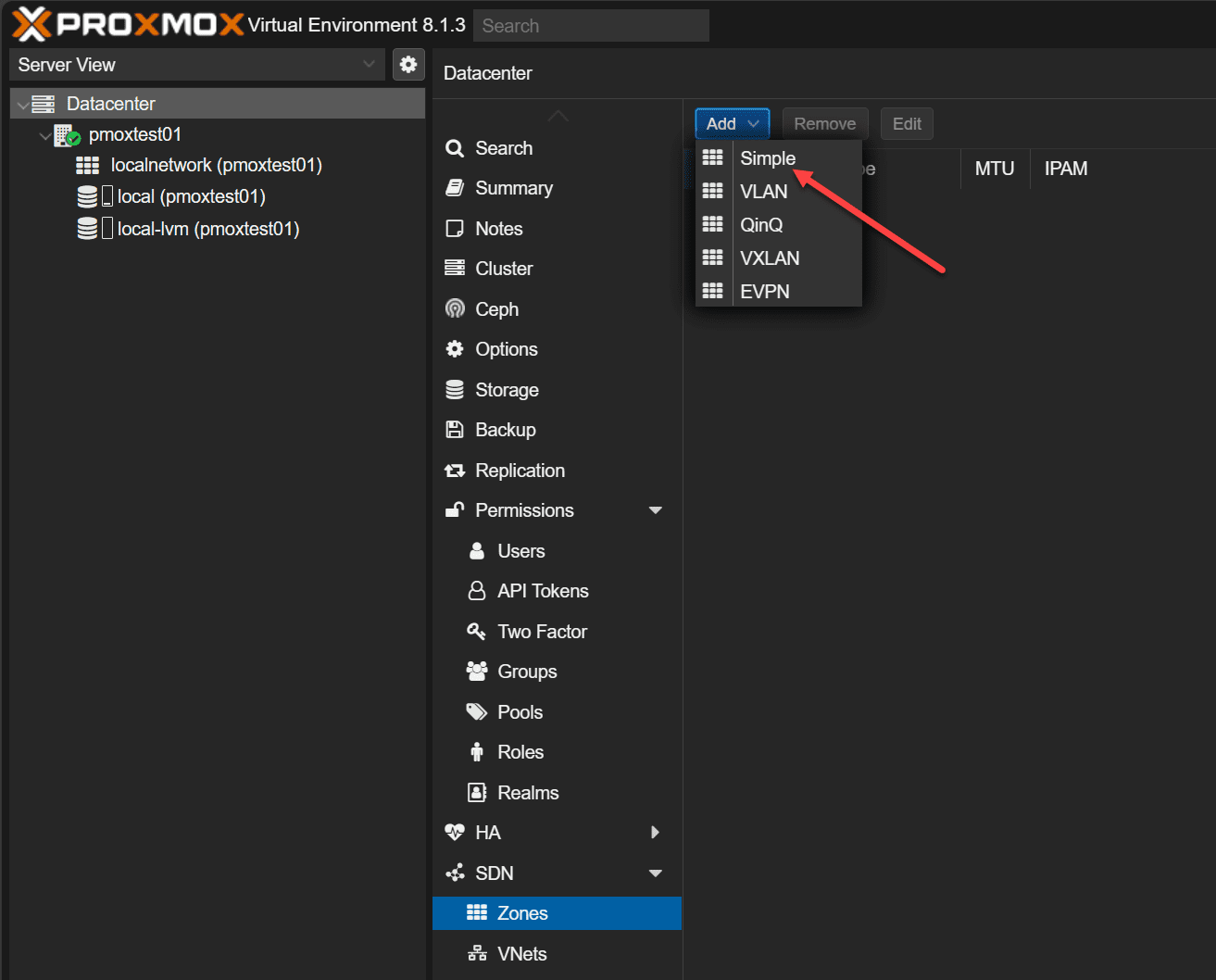
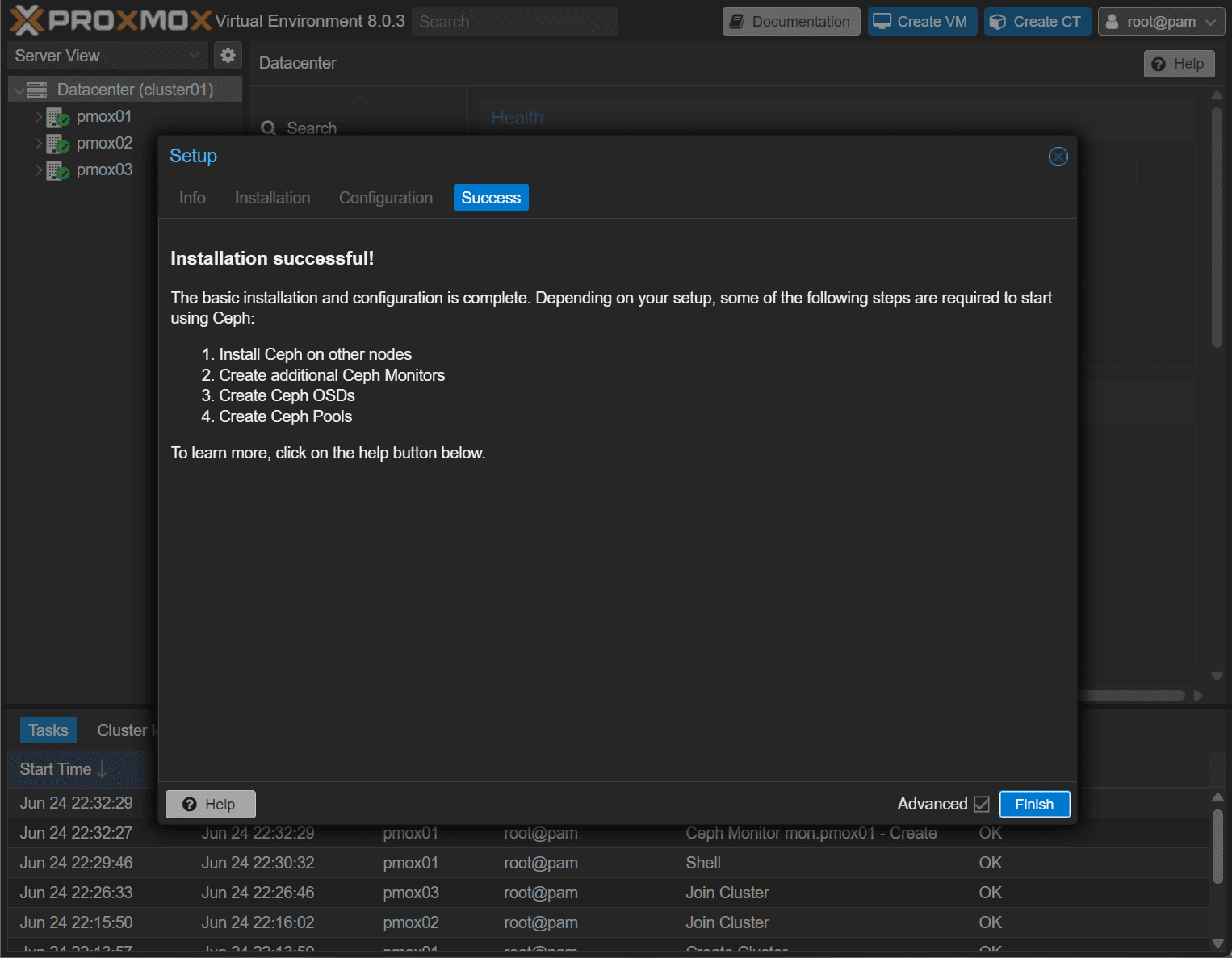
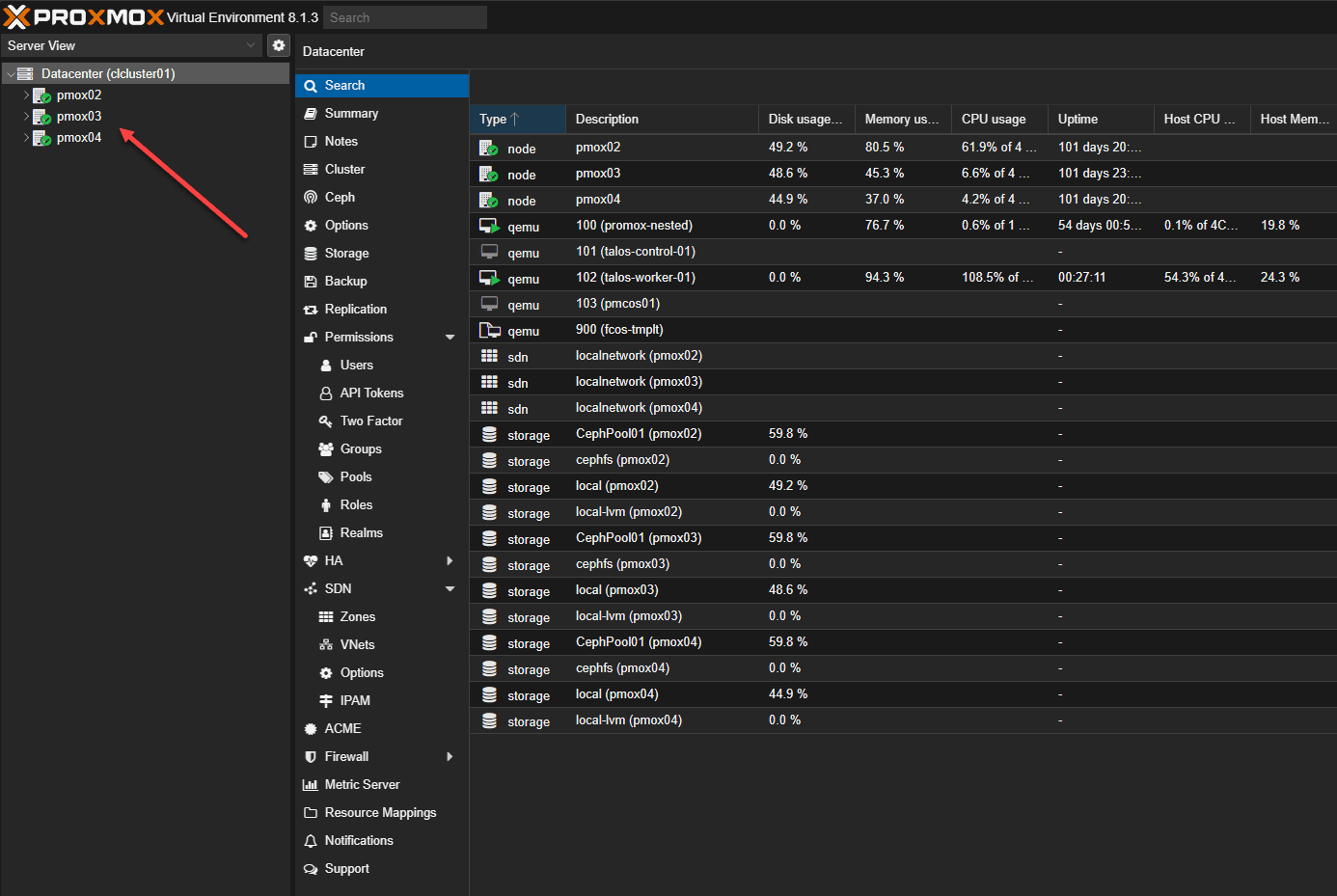
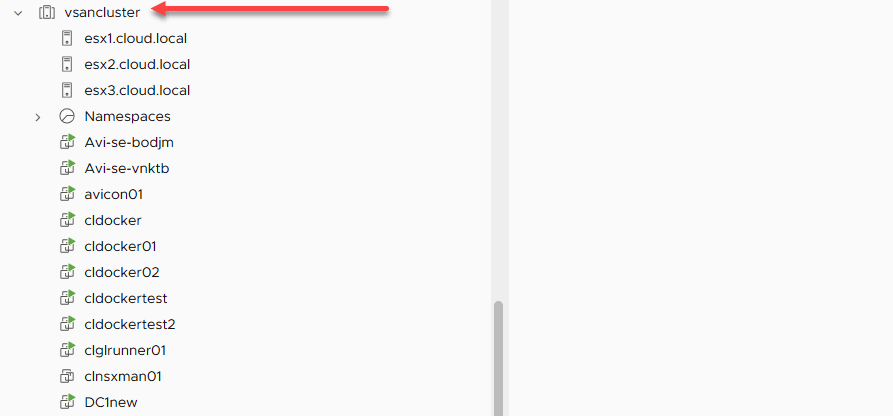
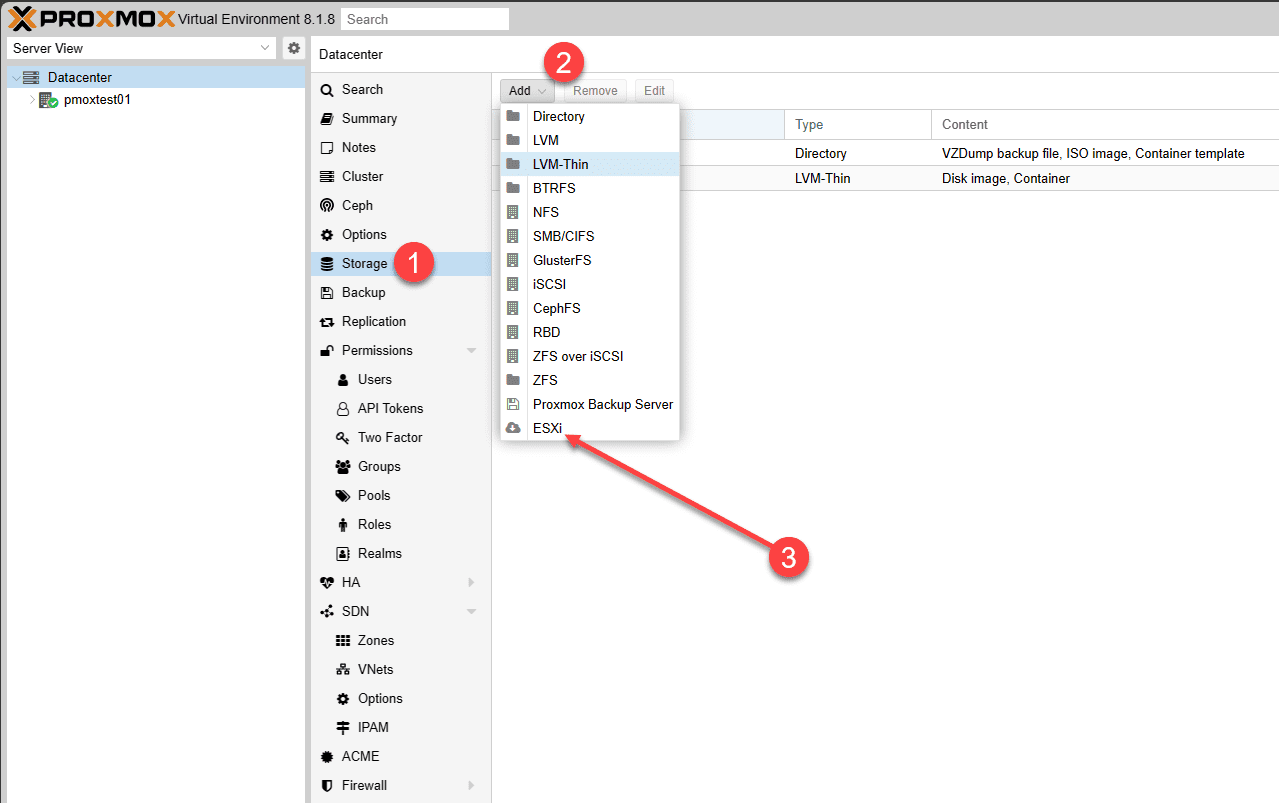


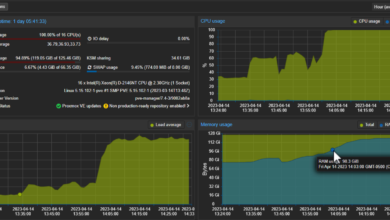
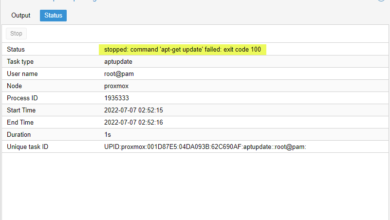
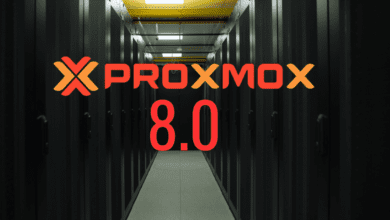
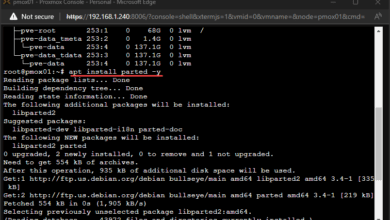
Thanks Brandon for your efforts on creating a very detailed comparison between ESXi n Proxmox.
Thank you Nisar!
Brandon